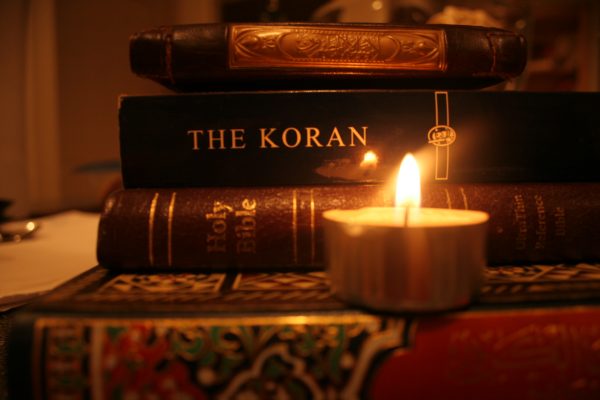News and data emerging around cultural destruction this year has felt relentless. A new interactive map by Antiquities Coalition shows almost 700 historical sites at risk in 22 countries, including those that Daesh has deliberately targeted.
Earlier this year, the demolition of the oldest monastery in Mosul, Iraq, was confirmed by satellite images which showed its pulverised stone walls. The ruin of the 1400-year-old Deir Mar Elia, or St Elijah’s, is likely to have taken place in 2014 when Daesh first entered the city.
A Catholic priest from Mosul, Father Paul Thabit Habib, said: “The monastery attracted all the people from Mosul – Christians and Muslims. All the poets, historians and travellers wrote about this monastery. It became a very important place for the history of the Church in Iraq.”

The erasure of cultural heritage sites has always run parallel to projects of political annihilation and invasion. Head of UNESCO, Irina Bokova, said: “The destruction of culture has become an instrument of terror, in a global strategy to undermine societies, propagate intolerance and erase memories. This cultural cleansing is a war crime that is now used as a tactic of war, to tear humanity from the history it shares. This is why the protection of culture must be an integral part of all humanitarian and security efforts, and cannot be delinked from the protection of human lives and the support we owe to all the victims.”
Daesh has taken this a step further by placing its actions in a supposed theological framework, promoting a hateful agenda of complete obliteration in favour of its single restricted version of Islam. But in doing so, it is directly contradicting the clear laws of God outlined in the Qur’an and is attempting to damage its foundations.

The following examples are just a few which plainly show the boundaries. In the first example, God commands us to be just:
“Indeed, God enjoins justice, and the doing of good to others; and giving like kindred; and forbids indecency, and manifest evil, and wrongful transgression. He admonished you that you may take heed.” (16: 90)
This next example demonstrates that all places of worship are regarded as equal in the eyes of God and the option of destruction is not even considered:
“[They are] those who have been evicted from their homes without right – only because they say, “Our Lord is God.” And were it not that God checks the people, some by means of others, there would have been demolished monasteries, churches, synagogues, and mosques in which the name of God is much mentioned. And God will surely support those who support Him. Indeed, God is Powerful and Exalted in Might.” (22: 39-41)
It’s not only Christians who have been targeted in this modern-day programme of destruction. Daesh destroys more than it builds – if it builds at all. Islamic sites, as well as pre-Islamic Nimrud, Hatra and Nineveh in Iraq, and Palmyra in Syria have fallen victim to this ruthless programme. Daesh have sold antiques on the black market where possible, and destroying where not possible.
Here in the UK, the British Museum has worked to preserve precious artefacts from Assyria’s Nimrud and Ninevah in Iraq in its permanent collections. In addition, a Qur’an manuscript discovered in Birmingham last year is believed to be one of the oldest copies in the world and is currently being held at the Cadbury Research Library at the University of Birmingham.
Holding onto these important cultural artefacts and historical sites is essential to understanding our shared humanity and the essence of faith.


